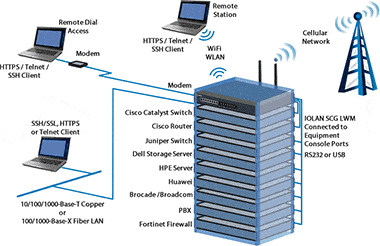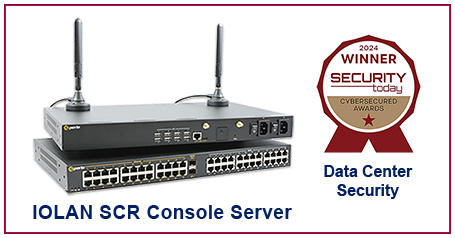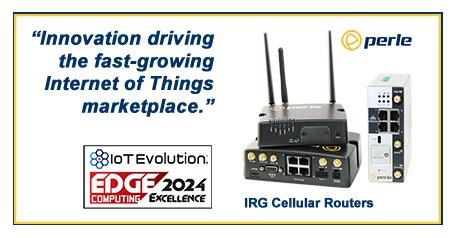
Gartner releases its picks for the top 10 wireless technologies
By Max BurkhalterJuly 31, 2019
The push toward digital transformation has reshaped how organizations in nearly every industry leverage IT assets and future-proof their business-critical systems, yet much of the buzz has focused on advances in hardware and software applications. And while internet of things devices, robotics and self-driving cars may help companies enhance their productivity, the key to successfully deploying these technologies is reliable and scalable networking. Even the most well-organized IT systems require stable connectivity, especially if they are used to manage a large fleet of endpoints (workstations, vehicles, sensors, etc.). But how have recent developments in wireless networking supported emergent technologies?
Surveying wireless technology trends
As part of its upcoming IT Symposium/Xpo, the global research firm Gartner released its picks for the top 10 wireless technologies that will likely have the biggest impact on enterprise architectures and commercial businesses over the next five years. While many of the cited innovations have existed for some time, IT companies have significantly expanded their functionality and developed new use cases that could revolutionize how organizations integrate, manage and scale up their IT assets.
Here are Gartner's picks for the top 10 wireless technologies and trends:
1) Wi-Fi
While Wi-Fi has been commercially available since the late 1990's, this form of wireless networking has seen significant improvements that many companies are hoping to capitalize on. According to a 2019 survey from the Wireless Broadband Alliance, nearly 80% of respondents intend to deploy "Next Gen Wi-Fi" by 2020 to improve the quality of experience, reduce churn and optimize their internet access.
2) 5G cellular
The deployment of 5G cellular systems is already well underway, though it will likely take anywhere from five to eight years before companies can take full advantage of the record-high networking speeds. These systems will be crucial for large facilities that need more bandwidth than Wi-Fi-based connectivity tools can provide. This may account for why more than two-thirds of organizations have plans to deploy 5G by the end of 2020, according to research from Gartner.
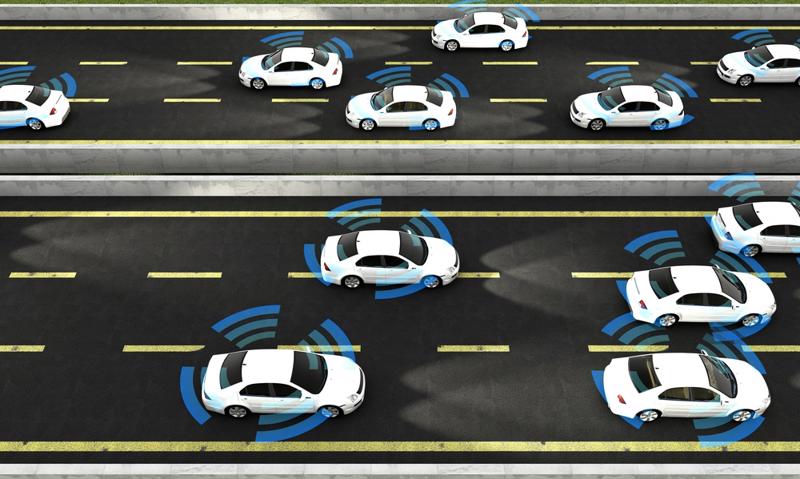
3) Vehicle-to-everything networking
In addition to self-driving capabilities, many vehicle manufacturers have started integrating other advanced connectivity features. These capabilities have been fully supported by the U.S. Department of Transportation, as the agency believes vehicle-to-vehicle, vehicle-to-infrastructure and vehicle-to-pedestrian communication systems will be instrumental in improving passenger safety and reducing traffic accidents.
4) Long-range wireless power
The concept of wireless device charging excited IT administrators (particularly in manufacturing) when it was first introduced, but most applications have fallen short of expectations. As Gartner pointed out in its press release, "the need to place devices on a specific charger point is only slightly better than charging via cable." Luckily, tech developers have created new wireless power technologies that can charge devices at ranges of up to one meter.
5) Low-power wide-area networks
One barrier to large-scale IoT adoption is the need for enhanced connectivity and efficient power management solutions. That's why many companies have been moving toward LPWA networks designed for low-bandwidth data transmission and energy conservation. Researchers at Gartner believe that these types of long-range networks are the key to unlocking cost-effective smart city innovation.
6) Wireless sensing
Wireless sensors form the backbone of most IoT systems, especially for manufacturing and supply chain applications that collect and analyze massive volumes of environmental data. The growing demand for sensing technologies has led to devices that are more powerful, accurate and easy to maintain. These advanced IoT sensors will be essential for managing robotics and artificial intelligence systems in the years to come.
7) Enhanced wireless location tracking
When it comes to fleet and device management, organizations recognize that wireless communication systems and real-time tracking are crucial to the sustainability of their operations. This may account for why the global asset tracking market is expected to reach $32 billion by 2024, according to Mind Commerce. Gartner believes that the forthcoming IEEE 802.11az standard will enable the sort of high-precision tracking companies are looking for.
8) Millimeter wave wireless
Alongside advancement in industrial networking, Gartner has also identified major improvements in consumer-focused wireless systems. Millimeter wave technologies operate within the 30 to 300 gigahertz band, making them ideal for short-range, high-bandwidth communications like 8k video streaming.
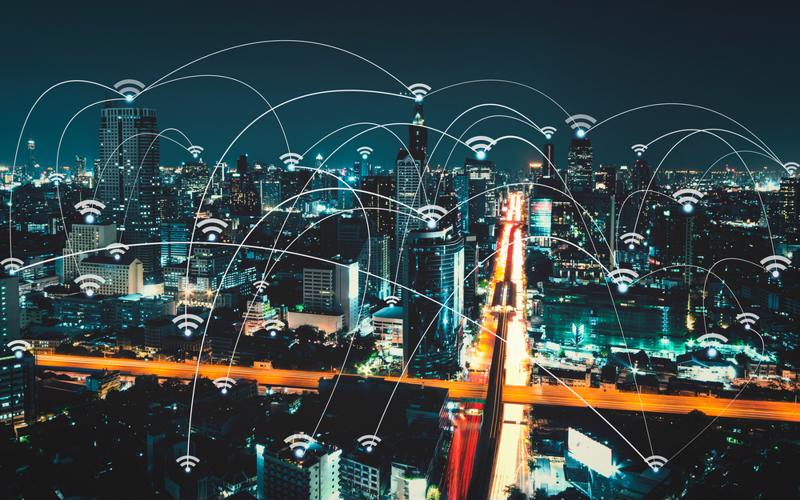
9) Backscatter networking
Areas that are overly saturated with wireless signals are not particularly suited for small networked devices, such as environmental sensors and other IoT equipment. To combat this, companies have begun integrating backscatter networking tools that transmit data with lower power consumption than most alternatives. These capabilities will be important for smart homes and businesses located in densely populated regions.
10) Software-defined radio
Software-defined radio technologies have been available for years, yet their historically high costs have limited wide-scale deployment. However, Garner believes that moving away from chip-based signal processing will allow organizations to utilize more frequencies and protocols. What makes SDR so attractive is that it can support legacy systems and new protocols simultaneously.
Enhanced connectivity and wireless data transmission are the bedrock of digital transformation. Perle offers high-performance networking tools that enable second-by-second monitoring and reporting that can keep up with the fast pace of innovation. Read some of our customer stories to learn more.
